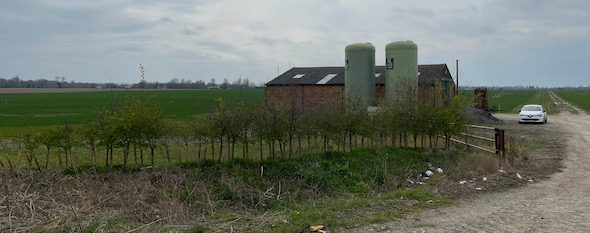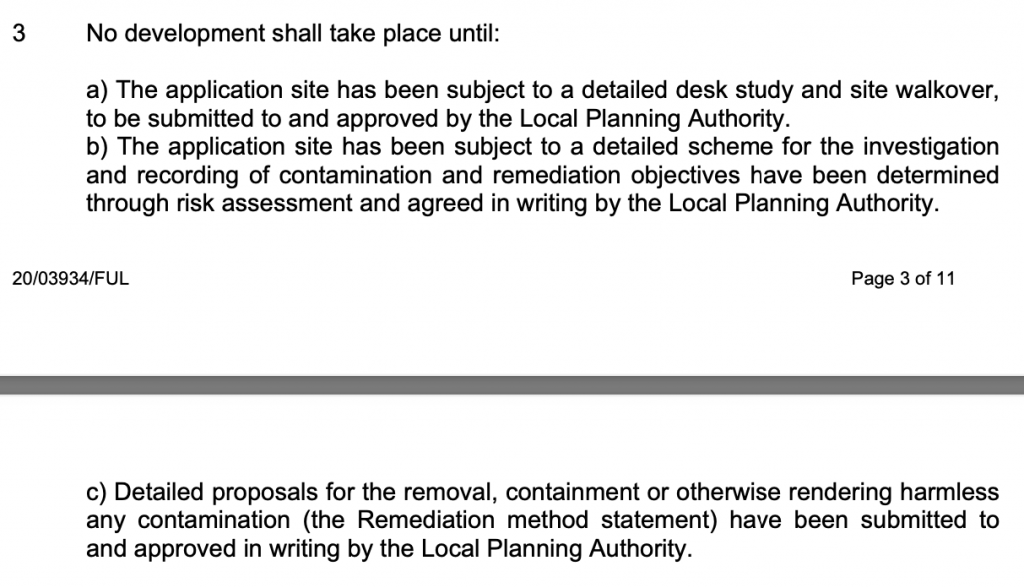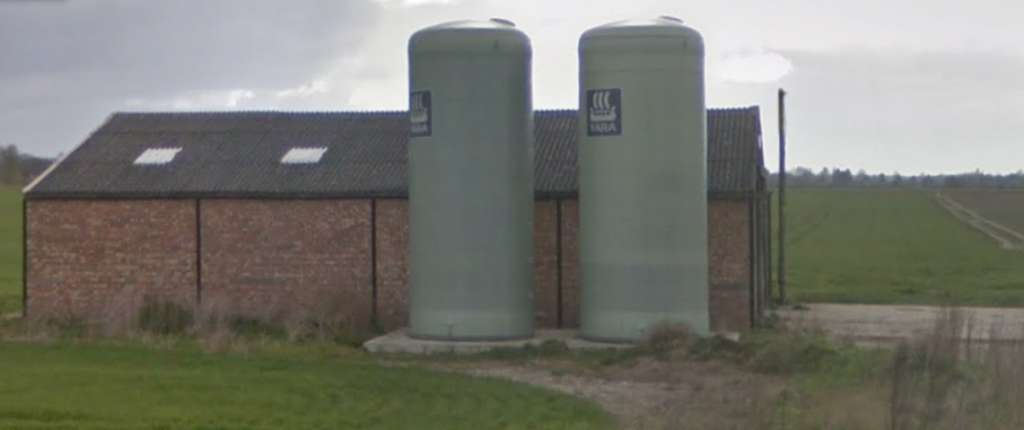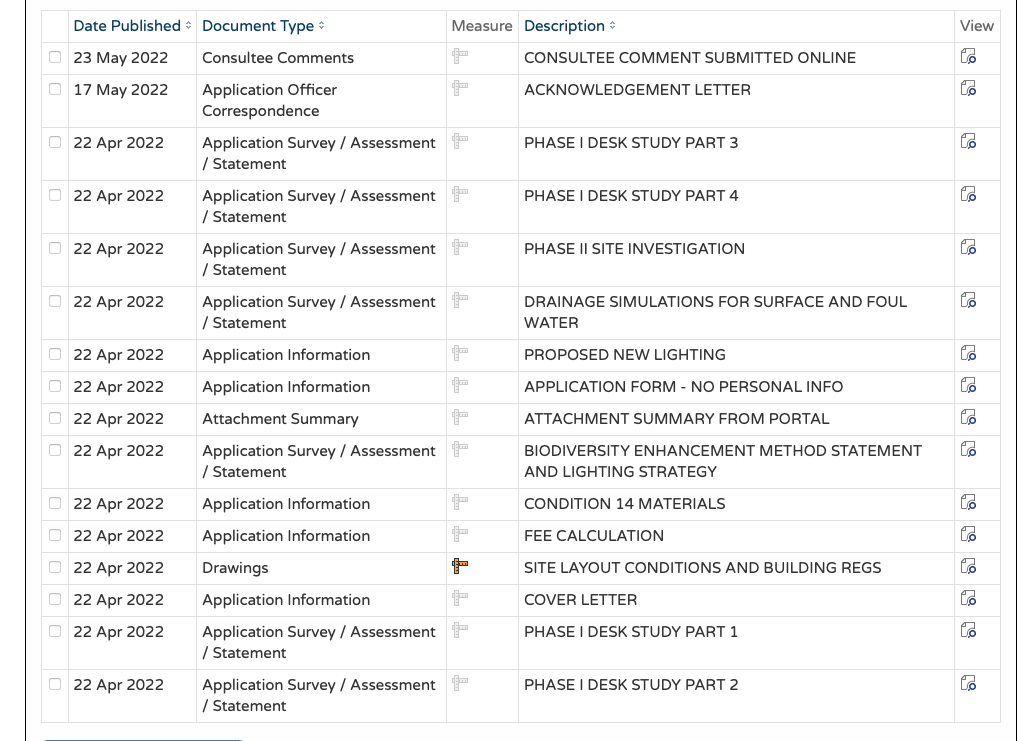Conversion of agricultural building to Dwellings, Fowlmere Road, Foxton, Cambridge, CB22
Case Study Reference: 21-03-03
Planning Authority: South Cambridgeshire District Council
Planning Reference: 20/03934/FUL and 20/03934/CONDB
Synopsis:
As part of the planning process for the application to concert an agricultural building to a dwelling the contaminated land officer was consulted in order to assess if contamination was a material planning consideration.
Given this a contaminated land planning condition was attached to the decision notice
The first stage of discharging the condition was to have a Phase I Desk Study report 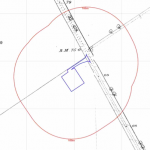 prepared for the site, a desk study report assesses the potential for a site to be impacted by elevated levels of contamination, by using a variety of sources including historical Ordnance Survey maps, data held by regulatory bodies (Environment Agency, local authority, BGS etc.) as well as as site reconnaissance visit/ walkover survey.
prepared for the site, a desk study report assesses the potential for a site to be impacted by elevated levels of contamination, by using a variety of sources including historical Ordnance Survey maps, data held by regulatory bodies (Environment Agency, local authority, BGS etc.) as well as as site reconnaissance visit/ walkover survey.
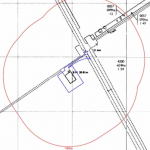 The O.S maps revealed the site was developed between 1959 and 1967 and a single building was present on the site. Aerial plates indicated the building was agricultural surrounded by fields, the 2019 aerial plate identified what appeared to be silos adjoining the building.
The O.S maps revealed the site was developed between 1959 and 1967 and a single building was present on the site. Aerial plates indicated the building was agricultural surrounded by fields, the 2019 aerial plate identified what appeared to be silos adjoining the building.
Street level imagery confirmed the building on site was a brick built agricultural building with cement roofing and the silos on the northern face of the building were erected between 2011 and 2019.
Data provided by regulators identified a waste exception license 40m south west of the site for the storage of sludge.
The review of the planning history fo the site revealed the memo from the contaminated land officer indicating the access track contained asbestos.
Information provided by the British Geological Society indicated the bedrock in the area was chalk, a potential source of carbon dioxide.
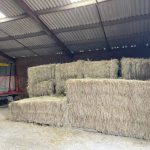 On completion of the desk based assessment a site
On completion of the desk based assessment a site 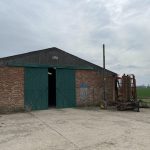 reconnaissance visit was undertaken, this confirmed the observations made using the street level imagery. The building was vacant at the time of the survey and no evidence of damage to the roofing was noted. The silos stored ammonium nitrate and the external areas formed part of the adjoining field.
reconnaissance visit was undertaken, this confirmed the observations made using the street level imagery. The building was vacant at the time of the survey and no evidence of damage to the roofing was noted. The silos stored ammonium nitrate and the external areas formed part of the adjoining field.
On completion of the site visit a qualitative risk assessment was undertaken in order to determine if any of the potential sources of contamination that had been identified warranted further investigation. This assessment concluded that the risk from the potential sources were sufficient lo as not to warrant site investigation and a watching brief was proposed.
Whilst the desk study was approved the council required a ‘limited’ site investigation in order to demonstrate that there were no potential issues in the proposed garden areas and access track.
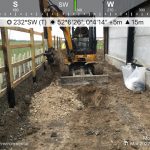 Based on the specifications and limitations placed by the client a limited site investigation comprising of five trial pits with two within the access track was undertaken. At the time if the investigation the site had been striped.
Based on the specifications and limitations placed by the client a limited site investigation comprising of five trial pits with two within the access track was undertaken. At the time if the investigation the site had been striped.
Visual evidence of cement sheeting fragments were noted in the locations excavated in the track.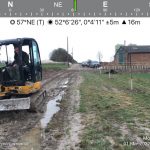
The assessment of the chemical data form samples collected during the site investigation confirmed the soils in the proposed garden areas did not pose a risk to human health and that asbestos was identified in the access track, based on this it was advised that further works on the access track should be undertaken to ensure that asbestos releases could not occur.
Both the Phase I and Phase II reports were submitted with 20/03934/CONDB, whilst the report was accepted due to the absence of investigation in the access track as dictated by the client, further information in the potential risks of asbestos in the access track was required.
As of May 2022 the further works have not been undertaken.

